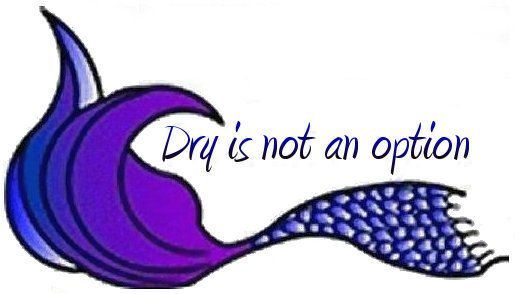Recently, a Facebook friend and I had a discussion about wearing shoes in the pool. So here are my thoughts for your consideration.
Water shoes can be either the inexpensive “water dogs” found at your local department store – or – a pair of specialized water shoes.
The inexpensive water shoes fulfill the primary purpose for wearing shoes – that is to protect the feet from abrasions. So if you have tender feet, are older and therefore your skin is thinner, or have diabetes and need to be careful of your feet, shoes are recommended for you.
Water shoes also offer a little more stability or traction in the shallow water. Some of the specialized shoes also act as shock absorbers during a high intensity shallow water workout.
The larger, often heavier, specialty water shoes can create more resistance in deep or shallow water. The resistance is in the form of ‘drag’ because of the size of the shoe and the amount of water it displaces.
The decision to wear shoes is an individual one. I have worn different types off and on through the years (although I usually kick them off when I go into the deep water). I think they are a worthwhile investment and another piece of equipment that can add to your water fitness experience.
Tips:
Don’t forget to rinse them with clear water after each use. They will last much longer.
Put the shoes on before you get into the pool. But don’t wear them out of the locker room.
No socks with these guys.







